This time of the school year, parents and educators alike have their eye on the calendar, counting down the last days of school. For teachers, a much-needed break awaits, and school days are often consumed with wrapping up end-of-year projects, preparing final grades and/or narrative reports, and packing things away for next school year. During this busy time, it’s tempting to feel a sense of finality, as if the work of the school year is all but done.
However, this time of year I find myself thinking of one of my all time favorite phrases:
What’s next?
The genius of this phrase is its utility across a variety of disciplines, with children and adults alike. As a teacher, I annoy kids daily when they come up to me with something they think is finished and I prompt them with “What’s next?” They might be showing me a piece of writing, an animation programmed in Scratch or a maker project constructed out of cardboard and foam, but my intention for using this particular prompt is identical for each.
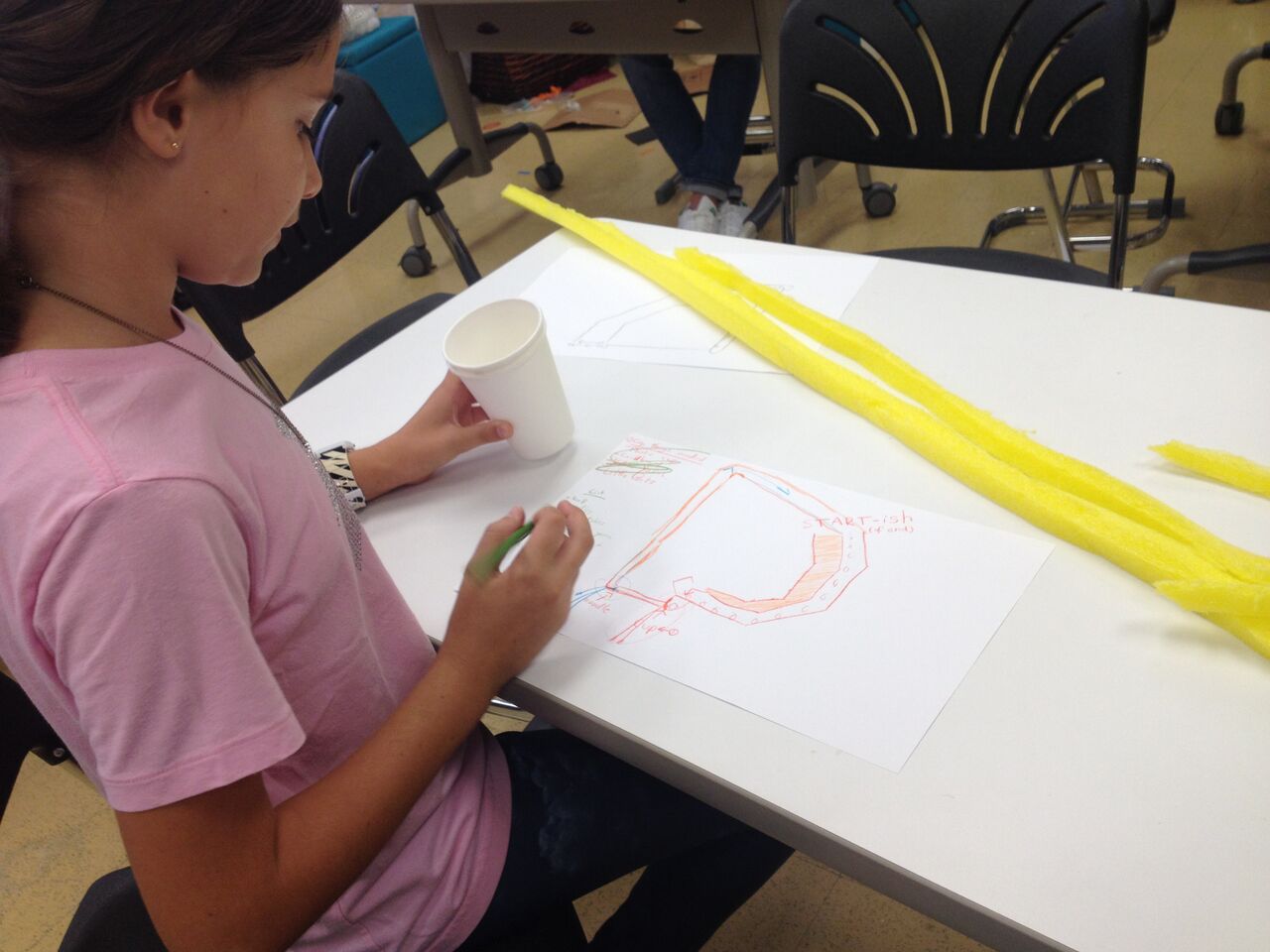
Ideally, “What’s next?” prompts learners to take ownership over the project at hand, and to adopt the mindset that most projects are, in fact, works-in-progress, always able to be revised, extended, and improved. Echoing the best ideas from the design thinking movement, this mindset embraces the idea that projects can always be taken to another iteration. Additional layers of complexity and sophistication can be introduced, and some documentation of the creative process can be cultivated in anticipation of sharing the project with a wider audience. Even during these waning weeks of the school year, we are compelled to ask our students, “What’s next?” even only to hope that they at some point begin to ask this question themselves.
Of course, “What’s next?” is also a useful prompt for teachers and school administrators at this time of year. Reflecting on the ups and downs of the year behind us, what was learned that should be applied to the next year ahead? What points of interest and excitement must be capitalized upon and carried forward? What projects or endeavors almost worked in the way we intended, and with a bit more fine-tuning could really have the impact we desire?
Asking “What’s next?” is, however, not enough. What actually lies next after that depends on the willingness of all parties to put in the work needed to grow and improve based on the conversations that spring forth.
What’s next for you?



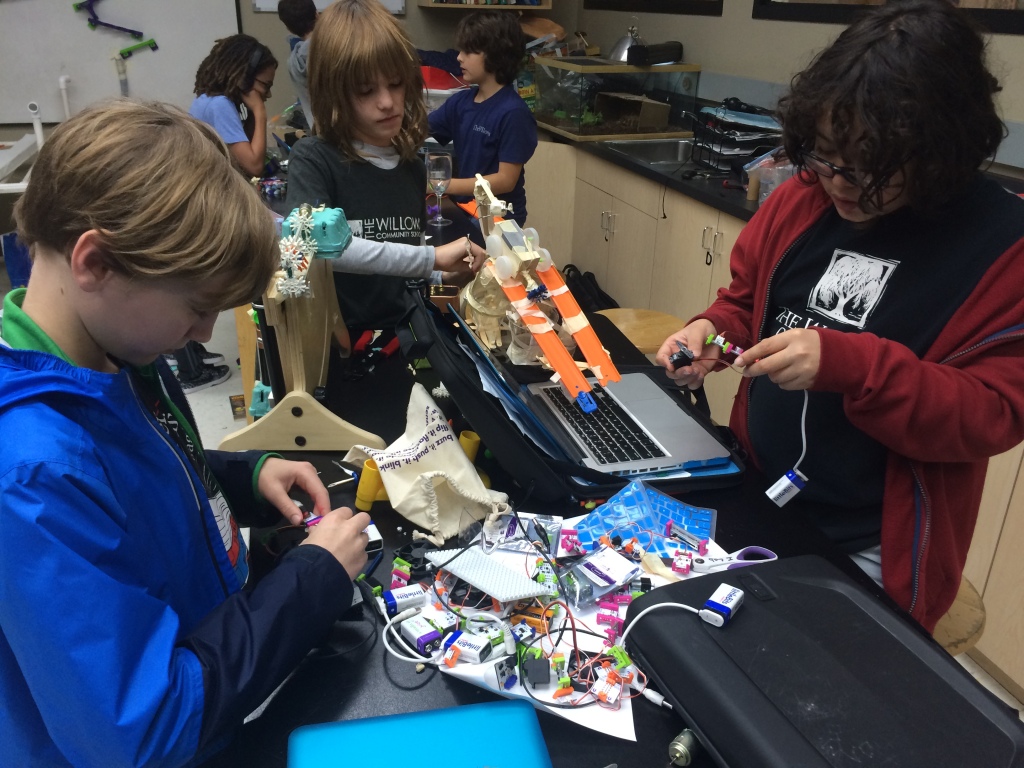
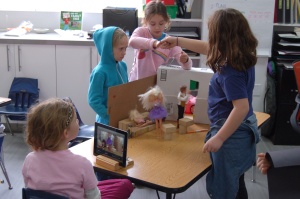 With unprecedented amounts of time, our students were able to build real expertise, often with new skills or concepts. Immersed in their projects, they were more willing to take risks, to persevere through difficulties, to collaborate and problem-solve with peers, and to see the true value in what we call “hard fun.”
With unprecedented amounts of time, our students were able to build real expertise, often with new skills or concepts. Immersed in their projects, they were more willing to take risks, to persevere through difficulties, to collaborate and problem-solve with peers, and to see the true value in what we call “hard fun.”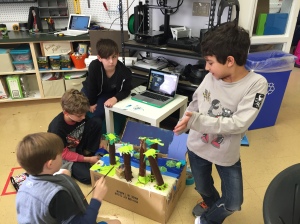
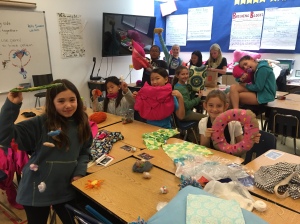 Ultimately, in my mind, time and engagement go hand in hand. Without the time to really dive deeply into something, engagement will always remain superficial while everyone moves on to the next regularly scheduled block of learning. When children are shown that educators truly value their strengths and interests and are willing to give them time to immerse themselves in meaningful projects, they really rise to the occasion.
Ultimately, in my mind, time and engagement go hand in hand. Without the time to really dive deeply into something, engagement will always remain superficial while everyone moves on to the next regularly scheduled block of learning. When children are shown that educators truly value their strengths and interests and are willing to give them time to immerse themselves in meaningful projects, they really rise to the occasion.